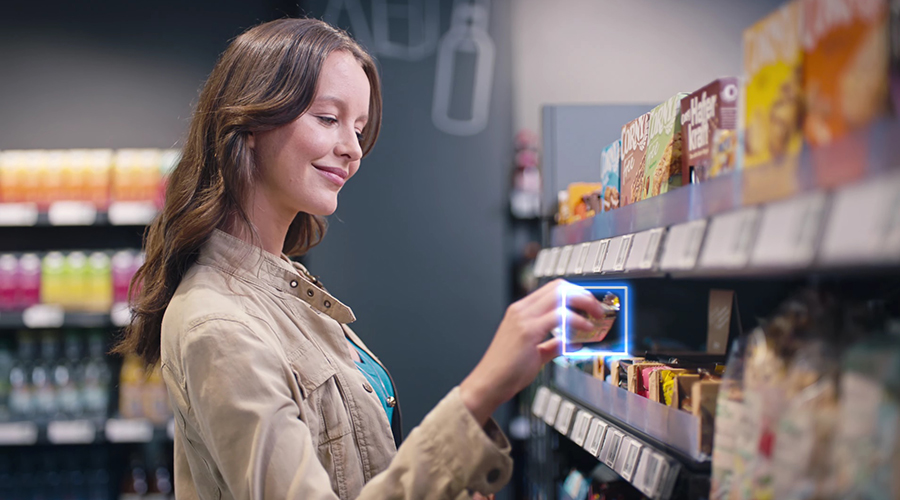Trigo, an Israel-based computer vision company building the infrastructure for autonomous retail stores and retail analytics has raised $100 million in a new equity financing round to scale the deployment of autonomous urban supermarkets across Europe and the US, enter new geographies, and develop its comprehensive store and inventory management software application suite, StoreOS™.
The investment was led by Singapore state investment firm Temasek Holdings (TEM.UL) and 83North. New strategic investors include SAP SE, who will also help commercialize Trigo’s solution. Existing investors joined the round, including Hetz Ventures, Red Dot Capital Partners, Vertex Ventures, Viola, and supermarket giant REWE Group, one of the world’s leading retailers.
Trigo will use the funds to execute on significant deployment of stores, increase the size of stores supported to include full-sized urban supermarkets, expand into new geographies, and further develop its StoreOS™ offering.

Trigo was established in 2018 by brothers Michael Gabay, the CEO of the company, and Daniel Gabay, the VP of Technology. Daniel made Forbes Israel’s 30Under30 2020 list, and the company was marked as Forbes’ Next Billion-Dollar Startup in 2021.
Trigo’s solutions are currently deployed with some of the world’s leading grocery retailers, including Tesco PLC in the UK, ALDI Nord in The Netherlands, REWE Group in Berlin and Cologne, Netto Marken-Discount (also known as Netto) in Munich, Israel’s Shufersal (SAE), and Wakefern Food Corp., the largest retailer-owned cooperative in the U.S.
Michael Gabay, Trigo co-founder and CEO said, “We have proven that we can deploy computer-vision and AI to empower physical stores with the same kinds of insights and capabilities that e-commerce stores have. This investment allows Trigo to execute on its expansion plan and mature our product to support the evolving needs of our customers.”
Trigo transforms existing supermarkets into fully autonomous digital stores where feeds from ceiling-mounted cameras and shelf sensors are analyzed to generate a “digital twin” of the store. Computer vision algorithms – similar to the ones on driverless cars – log interactions between humans and merchandise. The result is a fundamental transformation in the way physical stores are being managed and experienced by both shoppers and operators. For example, shoppers can walk into stores, select their items off the shelves, and leave without having to queue at checkout or scan any goods. Payments and receipts are settled digitally.





